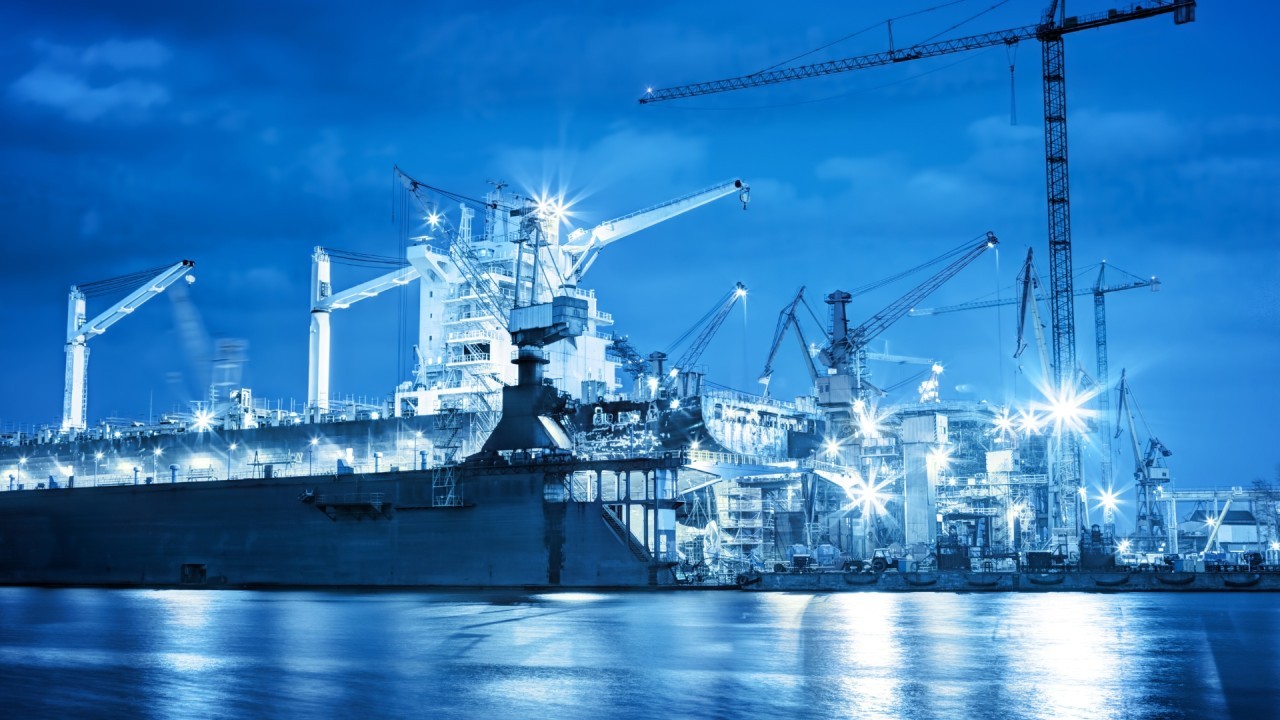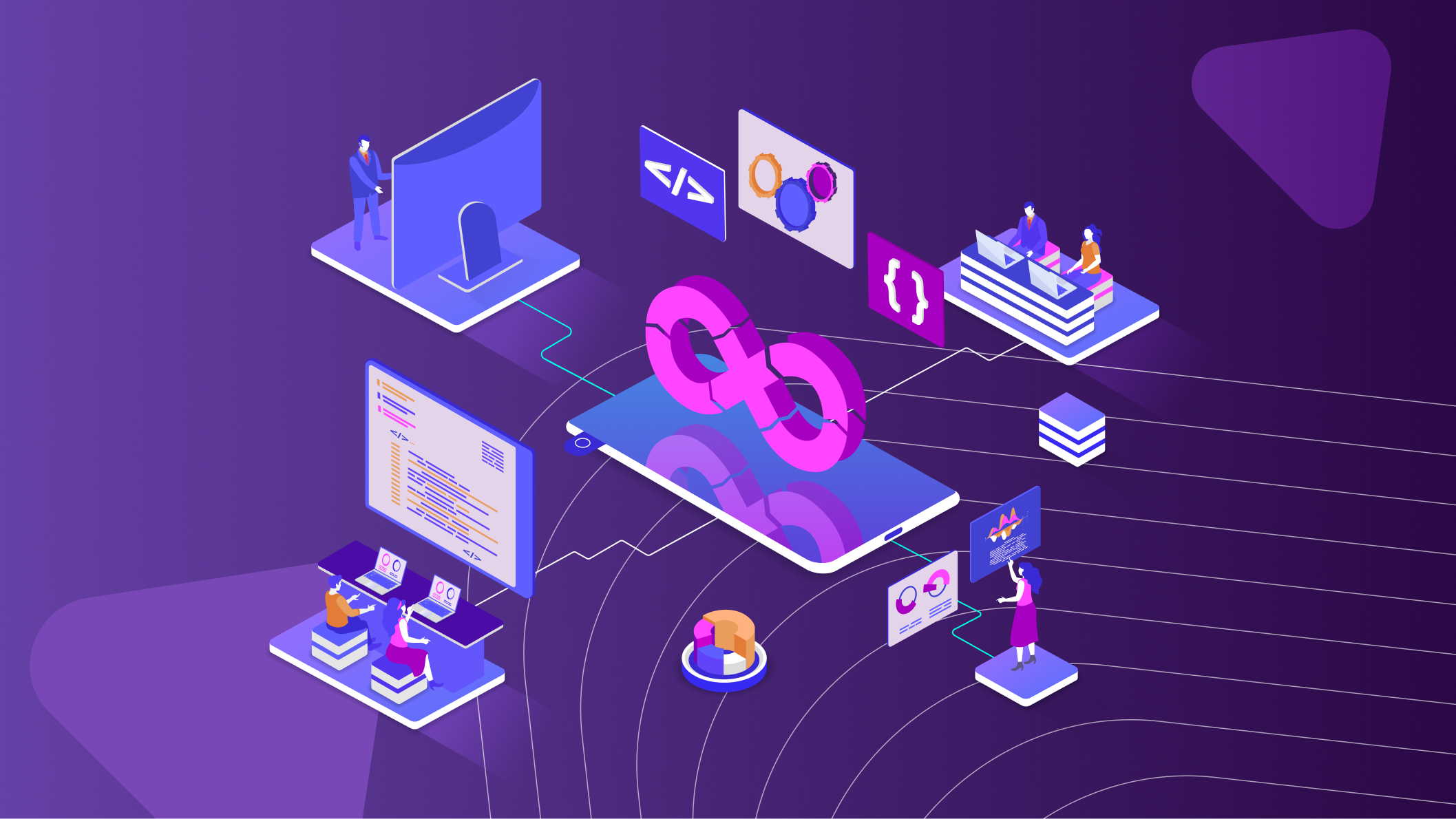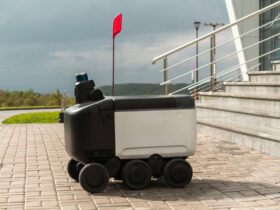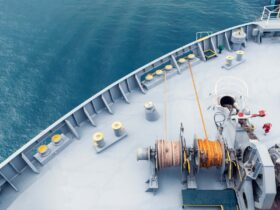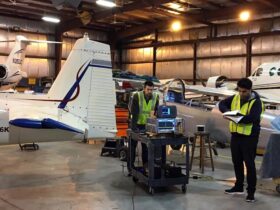The maritime industry is undergoing a profound transformation, driven by digital technologies that enhance efficiency, safety, and sustainability. Among the most promising innovations is the concept of digital twins, a virtual representation of a physical asset that allows for real-time monitoring, analysis, and decision-making. In the realm of ship design and management, digital twins are revolutionizing how vessels are conceptualized, built, operated, and maintained.
This article explores the concept of digital twins, their applications in ship design and ship management, their benefits, and the future of maritime engineering shaped by this transformative technology.
What is a Digital Twin?
A digital twin is a dynamic digital replica of a physical asset, system, or process. It integrates data from sensors, simulations, and historical records to mirror real-world behavior in real time. The model continuously evolves as data is collected, offering insights that support performance optimization, predictive maintenance, and lifecycle management.
In the maritime context, a digital twin can replicate a single ship, a fleet of vessels, or even complex maritime ecosystems such as ports or offshore platforms.
The Role of Digital Twins in Ship Design
1. Enhancing Conceptual Design
During the early phases of ship design, naval architects rely on simulations to understand how a vessel will perform under various conditions. With digital twins, designers can create a living model of the proposed ship, which can be continuously refined using real-world data and advanced computational tools.
Key benefits include:
- Design Validation: Real-time data helps validate hull forms, structural integrity, and propulsion systems.
- Scenario Testing: Designers can simulate sea conditions, cargo loads, and emergencies to test vessel responses before construction.
- Improved Collaboration: Engineers, designers, and stakeholders can access the same digital model, enabling transparent decision-making.
2. Streamlining the Design-to-Production Pipeline
Digital twins bridge the gap between design and production. When integrated with Computer-Aided Design (CAD) and Building Information Modeling (BIM) tools, they enable:
- Seamless Transfer of Design Intent: Reducing errors between design and manufacturing.
- Construction Simulation: Enabling shipbuilders to plan assembly sequences, material logistics, and risk mitigation strategies.
- Change Management: Any design changes can be automatically reflected in production planning.
Digital Twins in Ship Management
1. Real-Time Operational Monitoring
In ship management, digital twins allow for continuous tracking of vessel performance using data from onboard sensors, weather forecasts, and satellite systems.
Applications include:
- Fuel Consumption Analysis: Optimize engine usage and voyage routes to reduce fuel costs and emissions.
- Predictive Maintenance: Anticipate machinery wear and schedule maintenance before failures occur.
- Condition-Based Monitoring: Track the health of critical systems such as hull integrity, ballast tanks, or electrical networks.
2. Lifecycle and Fleet Management
For fleet managers, digital twins enable strategic decision-making across the entire vessel lifecycle:
- Vessel Optimization: Benchmark performance across a fleet to identify underperforming assets.
- Regulatory Compliance: Monitor emissions and operational parameters to meet IMO and EU regulations.
- Decommissioning Insights: Simulate the end-of-life phase of ships to plan safe and sustainable disposal or repurposing.
Integration with Emerging Maritime Technologies
1. AI and Machine Learning
Digital twins are enhanced by AI and machine learning algorithms that analyze vast datasets to detect patterns, predict failures, and optimize performance.
- AI-enabled digital twins can autonomously suggest improvements in ship design.
- Machine learning helps identify the root causes of recurring maintenance issues.
2. IoT and Sensor Networks
The Internet of Things (IoT) provides the sensory data that feeds digital twins. Every component of a modern ship — from engines to navigation systems — can be instrumented with sensors.
- Data Granularity: Real-time readings improve the fidelity of the digital model.
- Automation: Support autonomous navigation, route planning, and safety protocols.
3. Augmented and Virtual Reality (AR/VR)
By integrating digital twins with AR and VR, maritime engineers and crew can interact with 3D ship models in immersive environments.
- Training Simulations: Improve crew preparedness through realistic digital environments.
- Remote Inspections: Allow classification societies or managers to assess ships remotely.
Benefits of Digital Twins in Maritime Engineering
- Improved Design Accuracy: Virtual testing and validation reduce the number of physical prototypes and costly design errors.
- Operational Efficiency: Real-time monitoring helps optimize voyages, reduce downtime, and cut operational expenses.
- Sustainability: Enhanced fuel efficiency and emission tracking support green shipping initiatives.
- Safety and Risk Reduction: Simulations and predictive maintenance minimize the risk of failures and accidents.
- Cost Savings: Lower maintenance costs, improved asset utilization, and streamlined operations result in significant savings over the ship’s lifecycle.
- Regulatory Compliance: Digital models simplify documentation and reporting for audits and inspections.
Real-World Examples of Digital Twins in Action
Rolls-Royce Marine
Rolls-Royce has developed a digital twin of a ship’s propulsion system that enables real-time tracking of performance and predictive maintenance. This reduces unscheduled downtime and increases operational readiness.
DNV Veracity
DNV’s Veracity platform integrates digital twins into its classification services, allowing clients to track emissions, vessel condition, and compliance through a cloud-based ecosystem.
Wärtsilä
Wärtsilä has implemented digital twin solutions to support smart engine diagnostics and lifecycle management across its vessel systems.
Challenges and Considerations
Despite their promise, digital twins in maritime engineering face several hurdles:
1. Data Integration
Bringing together diverse data sources from different manufacturers and systems can be complex. Standardization of data formats and communication protocols is crucial.
2. Cybersecurity
With increased connectivity comes greater vulnerability. Securing digital twins from cyber threats is essential to maintain trust and operational integrity.
3. High Initial Costs
Implementing digital twin technology requires upfront investment in sensors, software, and skilled personnel, which may be a barrier for smaller shipowners.
4. Skill Gaps
The effective use of digital twins demands a multidisciplinary skill set, including naval architecture, data science, software engineering, and maritime operations.
The Future of Ship Design and Ship Management with Digital Twins
As the maritime industry embraces digital transformation, digital twins are expected to become standard tools in ship design and management. Their influence will extend to:
- Autonomous Vessels: Enabling the safe deployment and monitoring of crewless ships.
- Green Shipping: Supporting decarbonization through optimized energy usage and emissions modeling.
- Smart Ports: Integrating ship twins with port infrastructure to streamline logistics and docking.
- Regulatory Tech (RegTech): Automating compliance with environmental and safety regulations.
Digital twins represent the convergence of the physical and digital worlds, and their integration into shipbuilding and operations marks a new era of maritime engineering excellence.
Conclusion
The advent of digital twin technology is redefining how ships are designed, built, managed, and maintained. By creating a seamless connection between real-world vessels and their virtual counterparts, maritime professionals gain unprecedented visibility into performance, safety, and efficiency. As the maritime industry continues its digital evolution, digital twins will serve as the cornerstone of innovation in ship design and ship management — unlocking value across the vessel lifecycle and paving the way toward a smarter, greener, and safer future.

